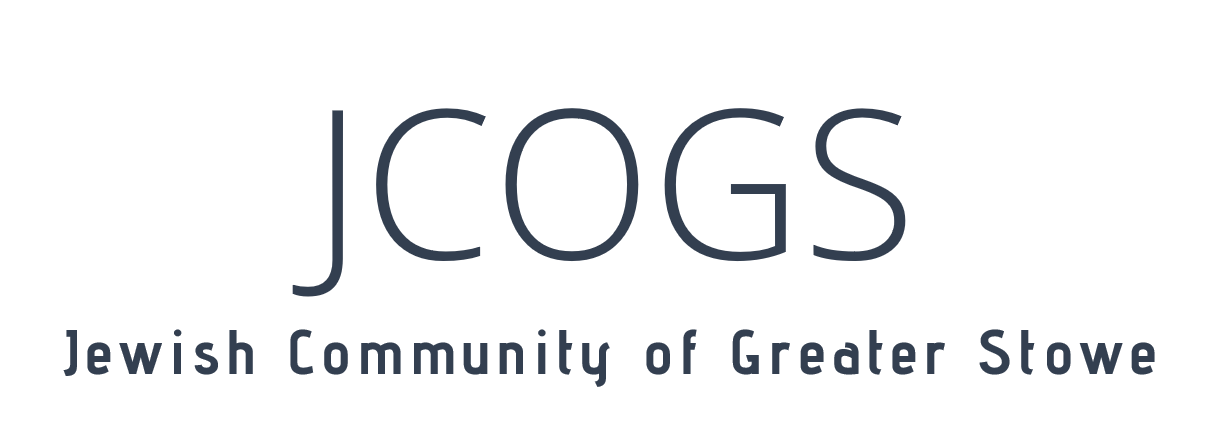The physical part of health involves a variety of different stances that help to improve flexibility and relieve pains and aches. Many yoga and fitness poses stretch out delicate cells of the body system such as the muscles and structures, and increase the range of motion in the joints. The physical features of yoga go beyond enhancing versatility, however. Different benefits of yoga stretches include increased cardiovascular stamina and mental challenge. Any time you’re not sure the right way to begin your yoga voyage, here are a few guidelines:
Easy Cause – This classic yoga cause helps newbies develop a good foundation and strengthen your body. Also known as the crossed-legged pose, it works the hamstrings and hip and legs while widening the backbone. The term comes from the Sanskrit ideas “bitila” and “asana. ”
Iyengar design — Iyengar doing yoga classes emphasize the finely-detailed of the physionomie. In many cases, they contain props, just like a rope moored to the wall structure. Classes typically also integrate breathing physical exercises and references to yoga exercises philosophy. A teacher definitely will talk the scholars through their own sequences, which can be predetermined or improvised. It is critical to find a educator you trust, as will be certainly more than one style.
Beginners should know their physical limitations. The physical component to yoga can be challenging by itself. Avoid stretching poses that hurt the back. Don’t push your body too far, either. Changing stances is challenging, and you’ll need to be very careful not to motivate yourself too far. To prevent accidental injuries, you should be aware of the physical limits and avoid elongating beyond your limits. You should also seek advice from certified translation business which has a doctor prior to starting any practice of yoga.

